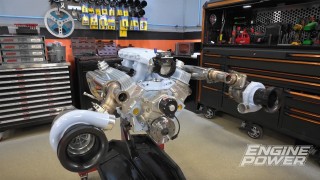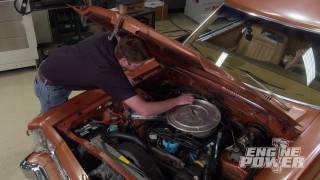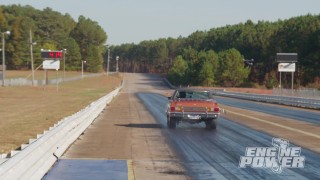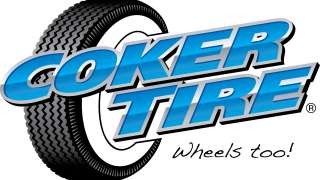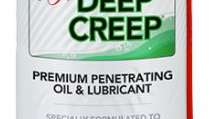
Sleeper Granada Makes High-RPM Horsepower On the Chassis Dyno
From an underpowered grocery getter to a deceivingly fast hot rod…our 1977 Ford Granada has achieved sleeper status!
Season 9
Episode 17
Hosts: Pat Topolinski, Frankie Forman
First Air Date: November 7, 2022
Duration: 21 minutes 30 seconds
